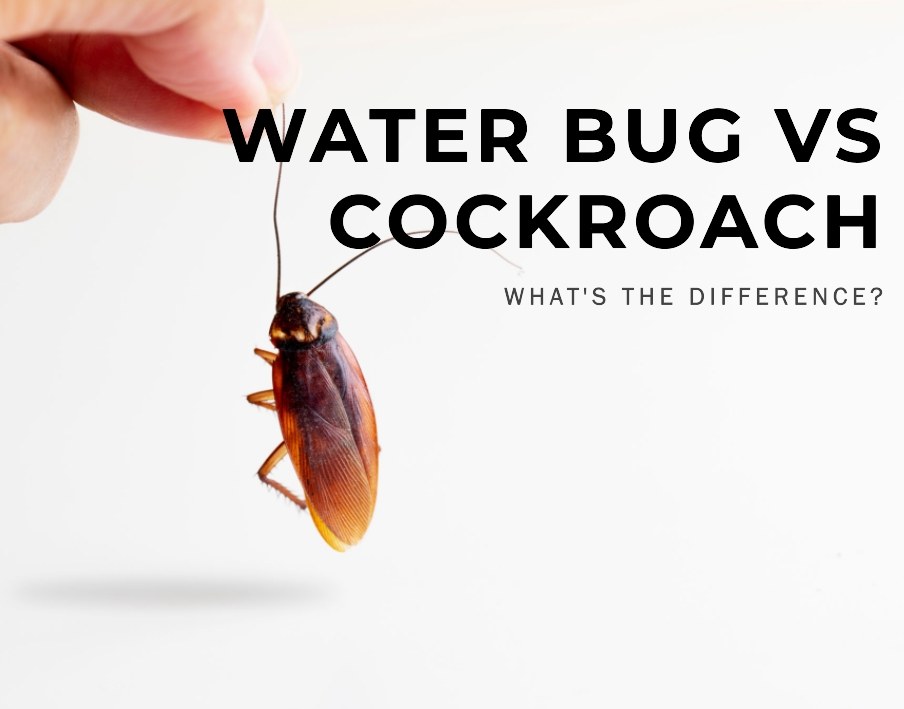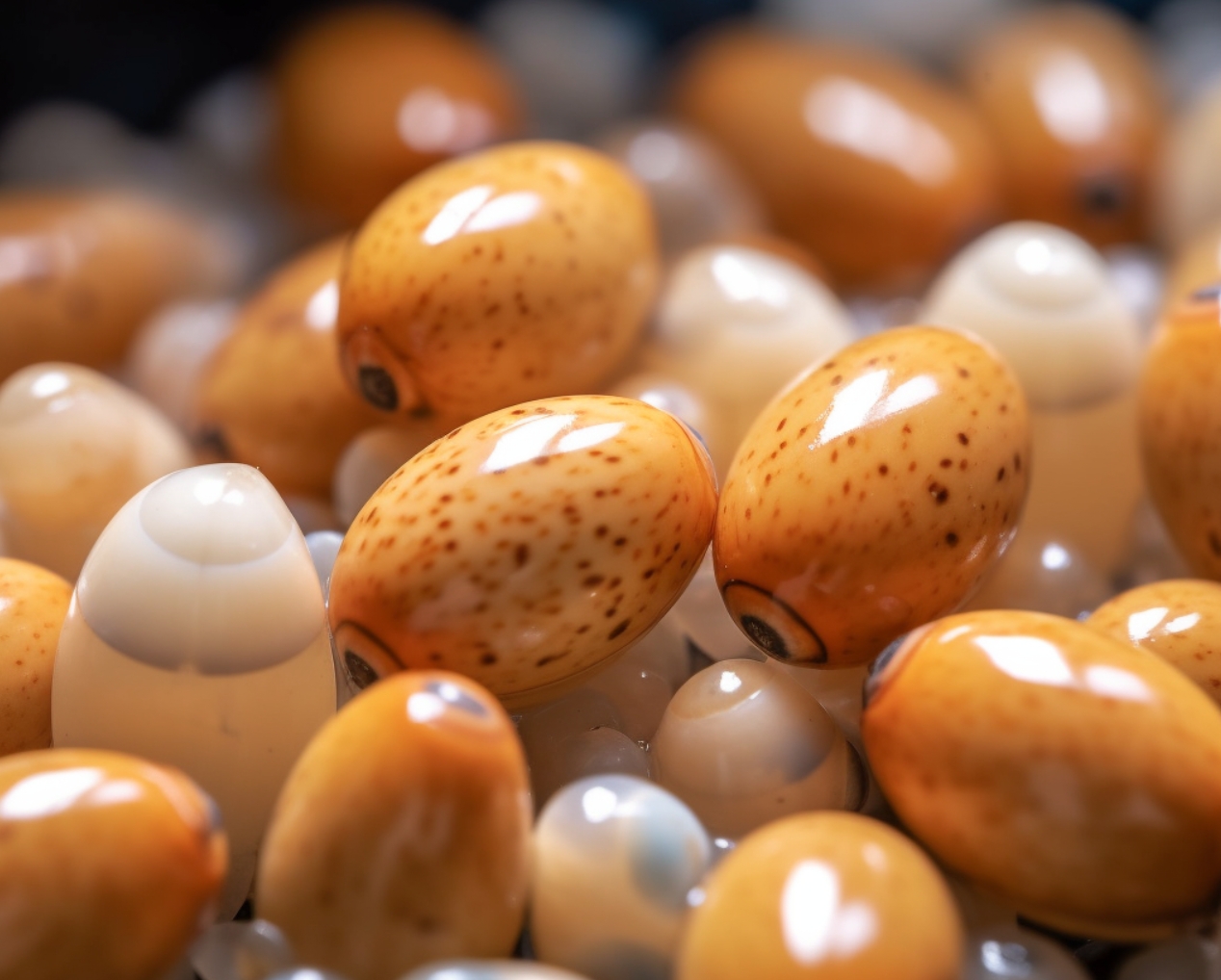Let’s settle the age-old question: water bug vs cockroach. These critters have been causing confusion for homeowners and pest control enthusiasts alike for years. In this comprehensive guide, we’ll help you identify the differences between these two pesky insects and provide you with the information you need to get rid of them for good.
What’s the Difference Between Water Bugs and Cockroaches?
Contents
First things first, it’s essential to understand the fundamental differences between water bugs and cockroaches. Although they may seem similar at first glance, there are some significant differences between the two.
Water Bugs
Water bugs are aquatic insects belonging to the order Hemiptera. They are usually found in water bodies like ponds, streams, and rivers. The most commonly mistaken water bug for a cockroach is the giant water bug, which is a large, flat, brown insect that can grow up to 4 inches long.
Cockroaches
Cockroaches, on the other hand, belong to the order Blattodea. They are terrestrial insects that can invade homes, businesses, and other structures. There are several species of cockroaches, such as the German cockroach, American cockroach, Asian cockroach, and Australian cockroach, among others. Cockroaches are known for their resilience and adaptability, making them a significant concern for homeowners.
Now that we’ve established the differences between water bugs and cockroaches let’s dive into a step-by-step guide on identifying and dealing with these pests.
Step 1: Identifying the Pest
Before you can tackle your pest problem, you need to know exactly what you’re dealing with. Here are some tips to help you identify whether you have a water bug or a cockroach infestation.
Size and Appearance
- Water bugs are generally larger than cockroaches, with some species like the giant water bug reaching up to 4 inches in length. Cockroaches are generally smaller, with most species ranging between 0.5 to 2 inches long.
- Water bugs have a flatter, more elongated body shape compared to cockroaches, which have a more oval, rounded body.
- While both insects can be brown, water bugs are usually a darker shade, while cockroaches can range from light brown to reddish-brown, depending on the species.
Habitat
- Water bugs are aquatic insects that live in water bodies like ponds, streams, and rivers. In contrast, cockroaches are terrestrial and are more likely to be found in homes, businesses, and other structures.
- If you spot an insect near a water source, it’s more likely to be a water bug. Conversely, if you find an insect in your home, it’s more likely to be a cockroach.
Behavior
- Water bugs are known for their aggressive behavior, and they are predators that feed on other insects, small fish, and amphibians. Cockroaches, on the other hand, are scavengers and will eat almost anything, including human food, pet food, and even non-food items like glue and soap.
- Cockroaches are nocturnal and more likely to be seen scurrying around at night. Water bugs can be active during the day, especially if they are hunting for prey near the water surface.
Step 2: Assessing the Infestation
Once you’ve identified whether you’re dealing with water bugs or cockroaches, it’s time to assess the severity of the infestation. This is important because it will help you choose the most effective control methods.
Signs of a Cockroach Infestation
- Cockroach droppings: These small, black or brown fecal pellets can be found in areas where cockroaches frequent, such as kitchen cabinets, behind appliances, and in bathroom corners.
- Egg cases: Cockroaches lay their eggs in small, brown, capsule-like cases called oothecae. If you find these cockroach eggs in your home, it’s a sure sign of an infestation.
- Dead cockroaches: Finding dead roaches in your home indicates a growing problem.
- Musty odor: A large infestation can produce a distinctive, unpleasant smell.
Signs of a Water Bug Infestation
- Water bug sightings: If you see water bugs in or around your home, it could indicate an infestation.
- Dead water bugs: Finding dead water bugs near water sources in your home is a sign of a problem.
- Unusual water damage: Water bugs may cause water damage by blocking pipes and drains.
Step 3: Choosing the Right Control Methods
Now that you’ve identified the pest and assessed the infestation, it’s time to choose the right control methods. Here are some options for dealing with water bugs and cockroaches:
Water Bug Control
- Physical removal: If you have a small number of water bugs, you can use a net or other tool to remove them manually from your home.
- Chemical control: Use an appropriate insecticide to eliminate water bugs from your property. Be sure to follow the manufacturer’s instructions for safe and effective use.
- Preventive measures: Keep your home clean and free of standing water to discourage water bugs from entering.
Cockroach Control
- Bait stations: Roach bait gel and bait stations can be placed strategically around your home to lure and kill cockroaches.
- Insecticidal dust: Diatomaceous earth and CimeXa are effective insecticidal dusts that can be applied to cracks and crevices where cockroaches hide.
- Traps: Roach traps can be placed around your home to capture and kill cockroaches.
- Home remedies: Some home remedies for roaches include using boric acid and peanut butter bait, borax, and natural repellents like peppermint oil.
- Professional extermination: If you have a severe infestation, consider hiring a roach exterminator to get rid of the problem once and for all.
Step 4: Preventing Future Infestations
The final step in dealing with water bugs and cockroaches is to prevent future infestations. Here are some tips for keeping these pests at bay:
Water Bug Prevention
- Keep your home clean and free of standing water
- Regularly clean and maintain water features, such as ponds and fountains, to prevent water bug infestations.
- Seal any gaps, cracks, and openings around your home to prevent water bugs from entering.
- Remove any debris or vegetation near water sources, as these can provide hiding spots for water bugs.
Cockroach Prevention
- Keep your home clean and clutter-free. Regularly clean your kitchen, bathroom, and other areas where food and moisture are present.
- Store food in airtight containers and promptly clean up spills and crumbs.
- Seal gaps, cracks, and openings in walls, floors, and around pipes to prevent cockroaches from entering your home.
- Regularly inspect your home for signs of infestation, such as droppings, egg cases, and dead cockroaches.
- Use natural repellents, such as peppermint oil, to deter cockroaches from entering your home.
In Conclusion
By following this step-by-step guide, you should be well-equipped to tackle any water bug or cockroach infestation in your home. Remember, the key to effective pest control is accurate identification, proper assessment, and choosing the right control methods for your specific situation. And don’t forget the importance of prevention – keeping your home clean and well-maintained will go a long way in keeping these pesky pests at bay.
F.A.Q.
Q: What are the main differences between water bugs and cockroaches?
A: While both water bugs and cockroaches are insects, they belong to different orders. Water bugs are aquatic insects from the order Hemiptera, while cockroaches belong to the order Blattodea. Water bugs have piercing and sucking mouthparts, whereas cockroaches have chewing mouthparts. Water bugs are typically found in aquatic environments, while cockroaches prefer dark, warm, and damp places in homes and buildings.
Q: Are water bugs and cockroaches harmful to humans?
A: Water bugs are generally not harmful to humans, but some species may bite if threatened. Cockroaches, on the other hand, can pose health risks due to their ability to spread disease-causing bacteria, contaminate food, and trigger allergies and asthma.
Q: Can water bugs infest my home?
A: Water bugs typically do not infest homes, as they prefer to live in aquatic environments. However, they may occasionally wander inside if attracted by standing water or other suitable conditions.
Q: What attracts cockroaches to my home?
A: Cockroaches are attracted to food, water, and shelter. They are commonly found in kitchens, bathrooms, and other areas where food and moisture are present. Keeping your home clean, sealing gaps and cracks, and storing food in airtight containers can help deter cockroaches.
Q: Can I use the same pest control methods for water bugs and cockroaches?
A: While some control methods may be effective against both pests, it is crucial to identify the specific type of pest you are dealing with to choose the most appropriate control methods. For instance, bait stations and insecticidal dusts are more effective for cockroaches, while physical removal and chemical control might be better suited for water bugs.
Q: How can I prevent future infestations of water bugs and cockroaches?
A: To prevent water bug infestations, keep your home clean and free of standing water, maintain water features, and seal gaps and cracks around your home. For cockroach prevention, maintain cleanliness, store food in airtight containers, seal gaps and cracks, and use natural repellents like peppermint oil. Regular inspections can also help detect early signs of infestations, allowing you to address the issue before it becomes a major problem.




